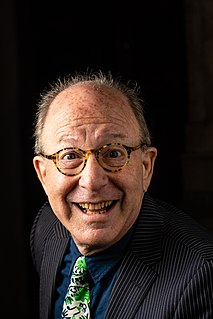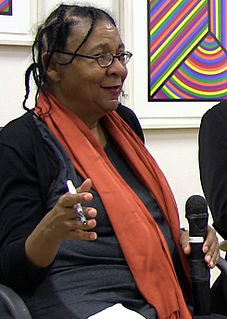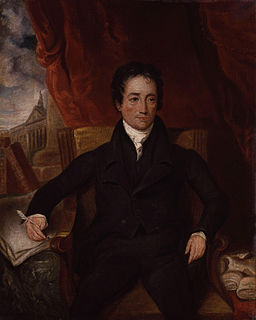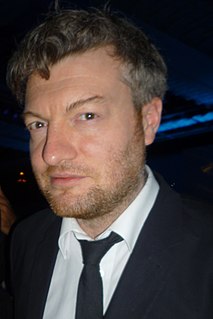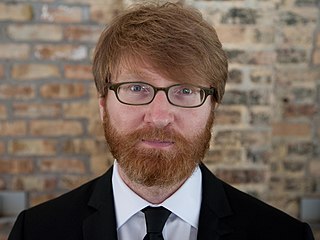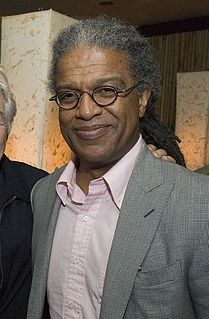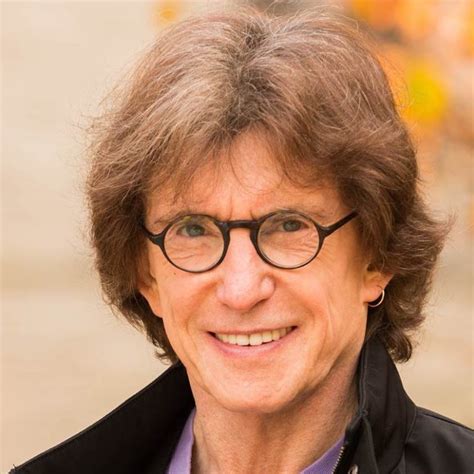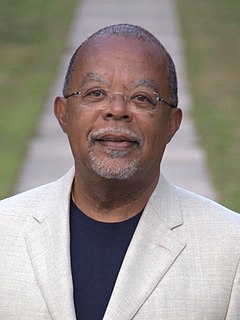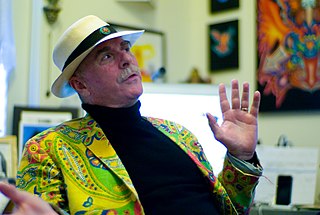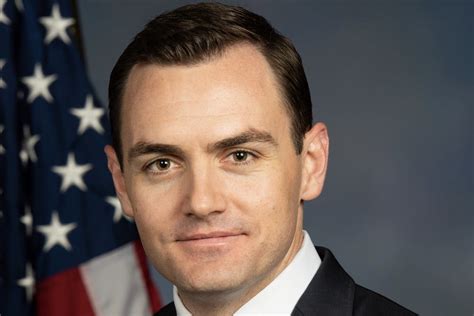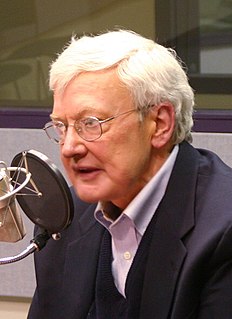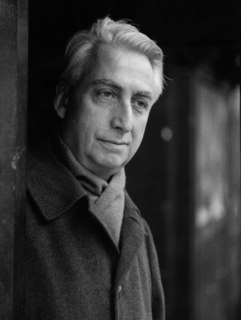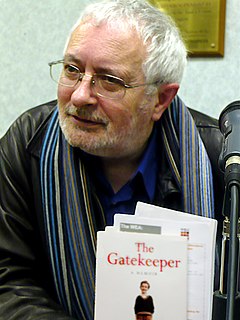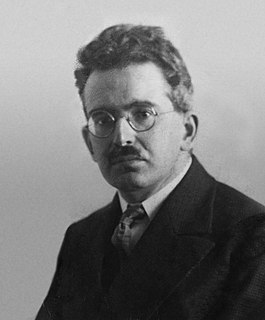Top 213 Quotes & Sayings by Jerry Saltz
Explore popular quotes and sayings by an American critic Jerry Saltz.
Last updated on September 17, 2024.
'Summer of Love: Art of the Psychedelic Era,' the Whitney Museum's 40th-anniversary trip down counterculture memory lane, provides moments of buzzy fun, but it'll leave you only comfortably numb. For starters, it may be the whitest, straightest, most conservative show seen in a New York museum since psychedelia was new.
All of Koons's best art - the encased vacuum cleaners, the stainless-steel Rabbit (the late-twentieth century's signature work of Simulationist sculpture), the amazing gleaming Balloon Dog, and the cast-iron re-creation of a Civil War mortar exhibited last month at the Armory - has simultaneously flaunted extreme realism, idealism, and fantasy.
If the Frieze Art Fair catches on, I imagine at least two great things happening. First, we will once again have a huge art fair in town that isn't too annoying to go to. More importantly, Frieze may finally show New Yorkers that we can cross our own waters for visual culture. That would change everything.
'The Night Cafe' and 'The Starry Night' still emit such pathos, density, and intensity that they send shivers down the spine. Whether Van Gogh thought in color or felt with his intellect, the radical color, dynamic distortion, heart, soul, and part-by-part structure in these paintings make him a bridge to a new vision and the vision itself.
'Untitled' is a time machine that can transport you to 1992, an edgy moment when the art world was crumbling, money was scarce, and artists like Tiravanija were in the nascent stages of combining Happenings, performance art, John Cage, Joseph Beuys, and the do-it-yourself ethos of punk. Meanwhile, a new art world was coming into being.
Every movement that slays its gods creates new ones, of course. I loathe talk of the sixties and seventies being a 'Greatest Generation' of artists, but if we're going to use such idiotic appellations, let this one also be applied to the artists, curators, and gallerists who emerged in the first half of the nineties.
There's one Baldessari work I genuinely love and would like to own, maybe because of my Midwestern roots and love of driving alone. 'The backs of all the trucks passed while driving from Los Angeles to Santa Barbara, California, Sunday, 20 January 1963' consists of a grid of 32 small color photographs depicting just what the title says.
It took the Metropolitan Museum of Art nearly 50 years to wake up to Pablo Picasso. It didn't own one of his paintings until 1946, when Gertrude Stein bequeathed that indomitable quasi-Cubistic picture of herself - a portrait of the writer as a sumo Buddha - to the Met, principally because she disliked the Museum of Modern Art.
I'm noticing a new approach to art making in recent museum and gallery shows. It flickered into focus at the New Museum's 'Younger Than Jesus' last year and ran through the Whitney Biennial, and I'm seeing it blossom and bear fruit at 'Greater New York,' MoMA P.S. 1's twice-a-decade extravaganza of emerging local talent.
